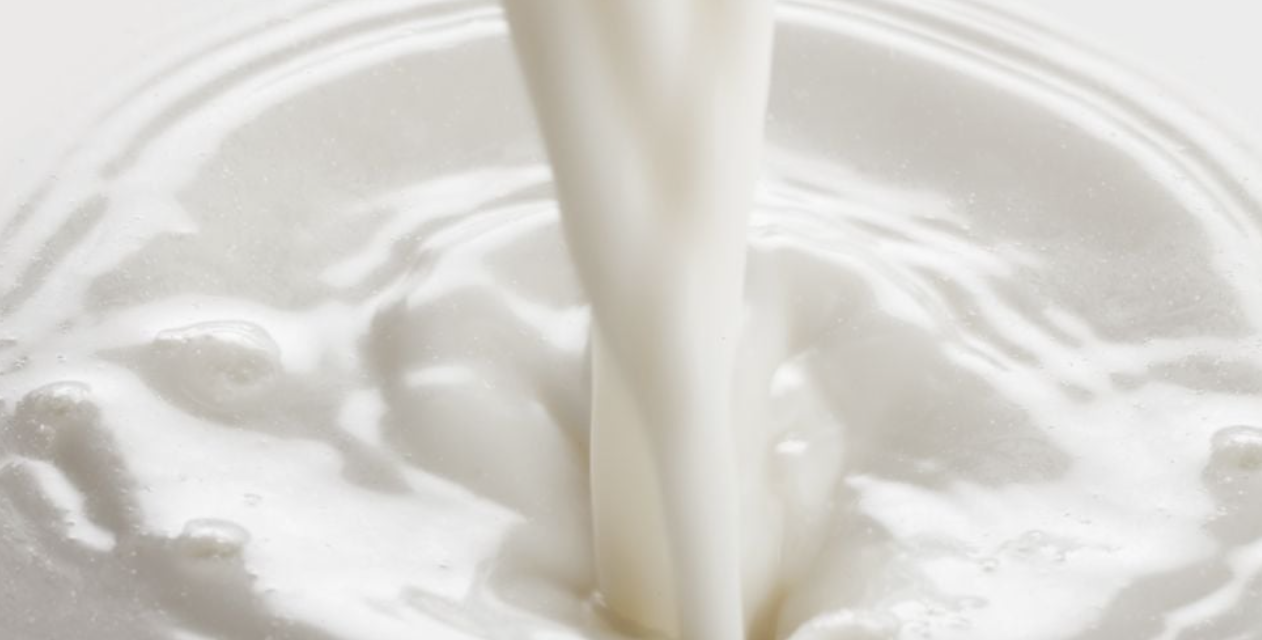Think about your favourite ad. Is it fun and witty, or is it meant to inform? Probably it’s the former; some of the best comedy writers are ad writers.
But whether consumers are well-served by entertaining ads is debatable. They might get a chuckle out of them, but typically they’re not given any compelling reasons to change their behaviour.
That kind of thinking prompted a research group in Iowa to test effectiveness of information on dairy sales with 4,500 adults, using milk as a center piece.
Here’s why. Fluid milk consumption has been losing ground since the 1960s to soft drinks, sports drinks and energy drinks. Even though dairy has had some of the most entertaining ads ever, like the unforgettable and often mimicked “Got Milk?†campaign, sales have lagged and competitors are well-heeled.
With that as a backdrop, the research group wondered if appealing instead to people’s health would have an impact on milk sales.
The old way of thinking about message-laden information was that people didn’t want to be told what to do.
But now, thought the researchers, maybe they do. As they search more deeply for clues to longevity and better health, perhaps they’re increasingly interested in being informed, not just being entertained.
The research results support that suggestion. The researchers found educational materials developed by the dairy sector had an impact reaching consumers through informational infographics and TV and print ads, and on social media. When consumers are provided with facts about dairy’s nutritional benefits, they become customers. They buy and consume more milk, as well as cheese, ice cream and yogurt. Fact-based information had a significant and positive effect on dairy product purchasing and consumption, measured prior to the study and then one month later.
Indeed, look at the figures: When given information, average dairy product purchasing increased to 4.4 servings per week, a 26 per cent increase.
Average consumption of dairy products increased too: 23 per cent for cheese, 20 per cent for ice cream, 26 per cent for yogurt, and a whopping 53 per cent for milk.
Overall, consumption rose to eight servings per week, or a 35 per cent jump.
The researchers say their study results demonstrate that carefully constructed educational messages about the benefits and nutritional attributes of dairy foods can positively influence consumer behavior. It can lead to increased dairy purchases and consumption. And it can help keep you healthy.
The downside? Even with the positive study results, the participants still didn’t reach the recommended 21 servings of dairy per week. So, there’s still a lot of work to do.
This all matters because the dairy sector is a huge advertiser. The ads you often see are based on a farm, meant to combat some people’s perception that dairy production is mechanical and unfeeling. Instead, the sector wants to show that dairy farmers are family farmers and they hold themselves to a high standard.
They’re certainly entertaining ads and their feel-good factor is off the charts. But as this research shows, some consumers may be ready for a deeper dive.
Got ads? Got facts? Got milk






